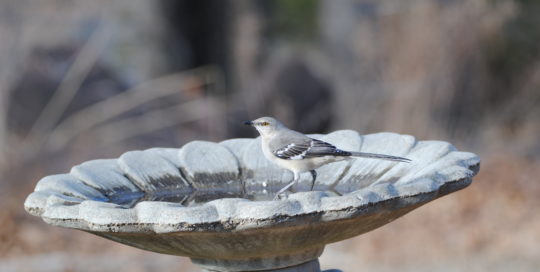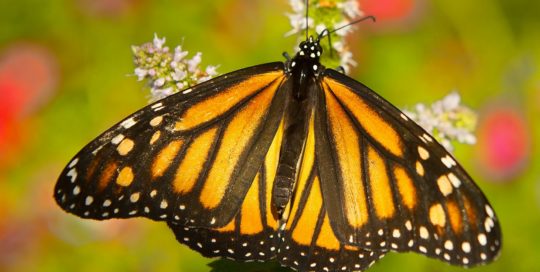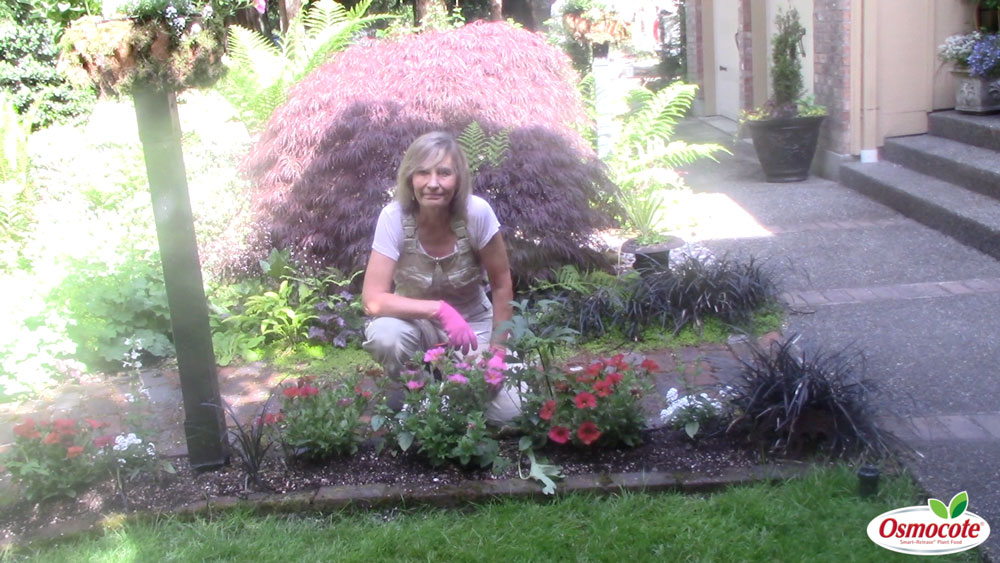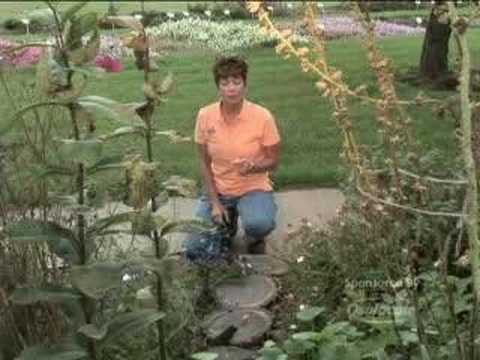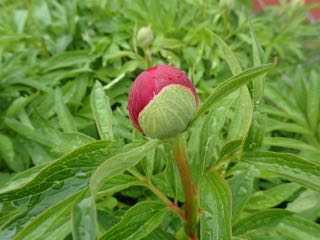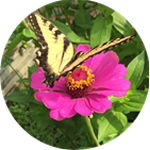Hello to Hummingbirds
More of a high-speed rumble than a buzz, accompanied by a vibration, but at a volume that makes you think it’s in your head. That’s what it’s like when a hummingbird flies past your ear. A hybrid honk-squeak, emitted after coming to a mid-air halt is their signal they’ve found something worthy of closer inspection.
John James Audubon called the ruby-throated hummingbird—the most commonly seen in the Midwest—“the curious florist,” an apt name owing to their habit of visiting each flower for a close look and a sip of nectar. Audubon has a program called Celebrate Hummingbirds that includes tools to help citizen scientists keep track of hummingbird sightings and nectar source data.
Hummingbirds are one of the best reasons for gardening. My garden is home to a pair that comes back every year. I’ve named them Chuckles and Snarky (collectively: the chuckleheads) because they make a chuckling sound and get cranky whenever I get my camera out. I’d never seen a hummingbird perch before, but my garden is traversed across the back by a high electric cable. One at a time, Chuckles or Snarky will sit there, staring at the spot where I always have a big patch of beebalm (Monarda), as if willing it to bloom.
Attracting Hungry Hummingbirds
But before the beebalm blooms, hummingbirds have to have other sources of nectar. The ruby-throats arrive from early to mid-April in most of the Midwest. And they’re hungry. In April, Chuckles and Snarky feast on lungwort (Pulmonaria), coral bells (Heuchera), columbine, and bleeding heart. Flowering quince (Chaenomeles) and Weigela are two hardy shrubs that bloom extra early, and are usually red, orange or deep pink—colors that attract hummingbirds.
If there is a plant that gets the chuckleheads excited, it is decorative sage (Salvia). There are dozens of varieties, colors and sizes, but I see a lot more activity with a few key cultivars.

